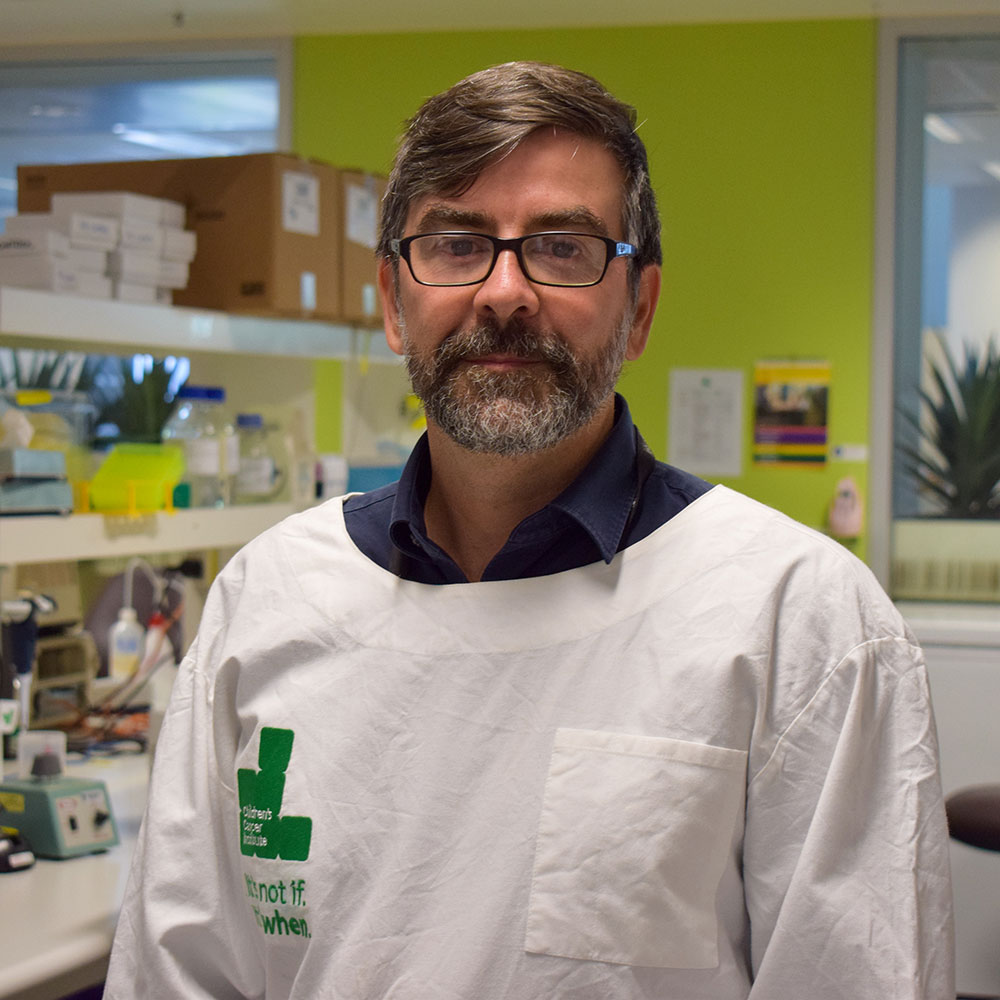Advances in Neuroblastoma Research (ANR) is the most important international meeting for neuroblastoma researchers. Held every two years, it’s a chance for those working on this childhood disease to gather, compare findings, forge new collaborations and advance neuroblastoma research.
This time round, “ANR2018: Building Bridges”, was held in San Francisco, USA on 9-12 May. Many of our researchers attended, from students to Program Heads, and presented their results in talks or poster sessions. Research Officer Dr Jayne Murray was there and tells us about it.
Q: Why is this conference so important for our researchers?
A: Neuroblastoma is a solid tumour which affects young children. Despite medical advances that have improved the outcomes for other cancers, the outcomes for neuroblastoma remain poor. This conference brings together the majority of scientists working on this disease. Hearing each other’s perspectives and ideas is really beneficial, because it leads to new ways of thinking.
Q: Was there a particular talk that stood out for you, and why?
A: A keynote speaker, Dr William Kaelin Jr, spoke about Preclinical Target Validation, which is currently a very active area of research, and how not to get it wrong. Scientists often use the same formula to identify a good drug target, but sometimes A + B doesn’t equal C, and you have to think differently. It was interesting to then watch presentations where the researchers had taken the approach Dr Kaelin recommended.

Q: How has the conference helped you be a better scientist?
A: It was really good to attend the Young Investigator session, where young researchers met with mentors across the neuroblastoma field in an informal setting. We got the opportunity to meet 20 accomplished scientists and ask any question of them. They were once in the same position as us, and it was good to know that they had the same issues, problems and triumphs, and how they tackled them.
Q: What was some of the work presented by researchers from Children’s Cancer Institute, and how was it received?
A: Our researchers covered topics from basic cell biology through to preclinical testing of potential new therapies. Dr Orazio Vittorio, from our Tumour Biology and Targeting program, presented a poster on the role of copper in neuroblastoma.
Dr Lin Xiao presented results from Professor Michelle Haber’s group, on a promising new treatment strategy for neuroblastoma. Lin told the audience that a combination of two drugs – CBL0137 and panobinostat – can eradicate tumours in preclinical models of neuroblastoma. CBL0137 is currently in clinical trial for adult cancers, with a paediatric trial set to follow. This work is supported by Neuroblastoma Australia, which is holding its annual fundraiser, the Run 2 Cure Fun Run, on 3 June.
All of our research, both oral and poster presentations, was well received, with lots of questions asked and new lines of collaboration established.
Find out more about our research on CBL0137 and neuroblastoma.















